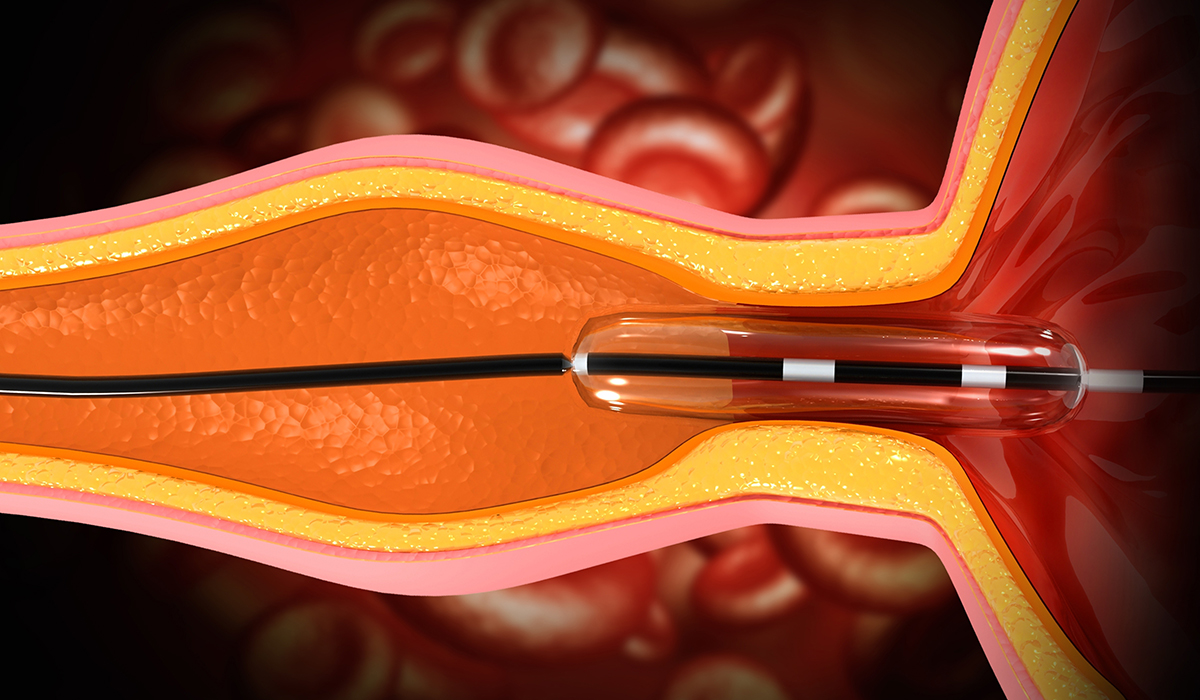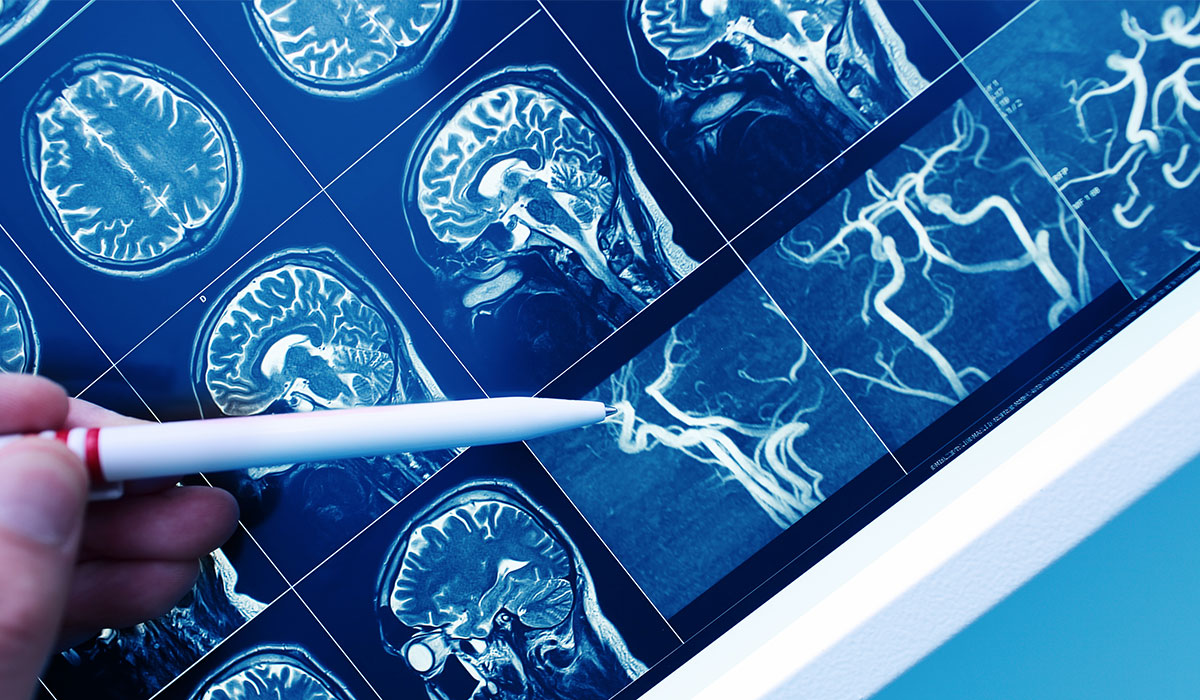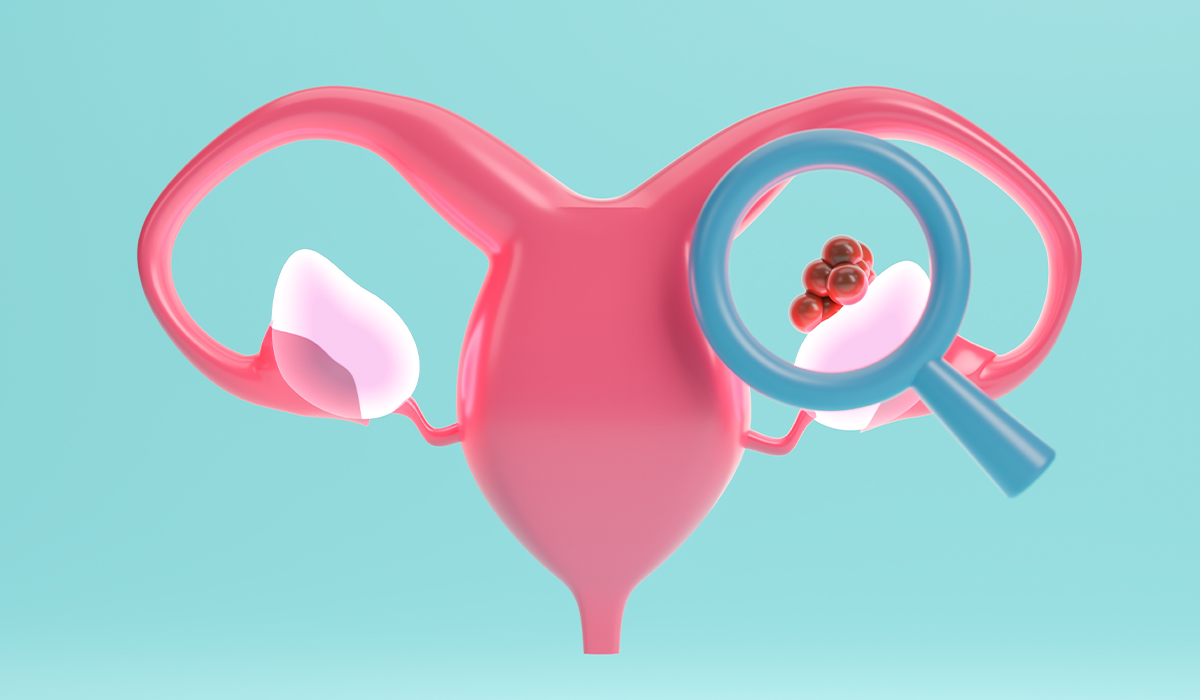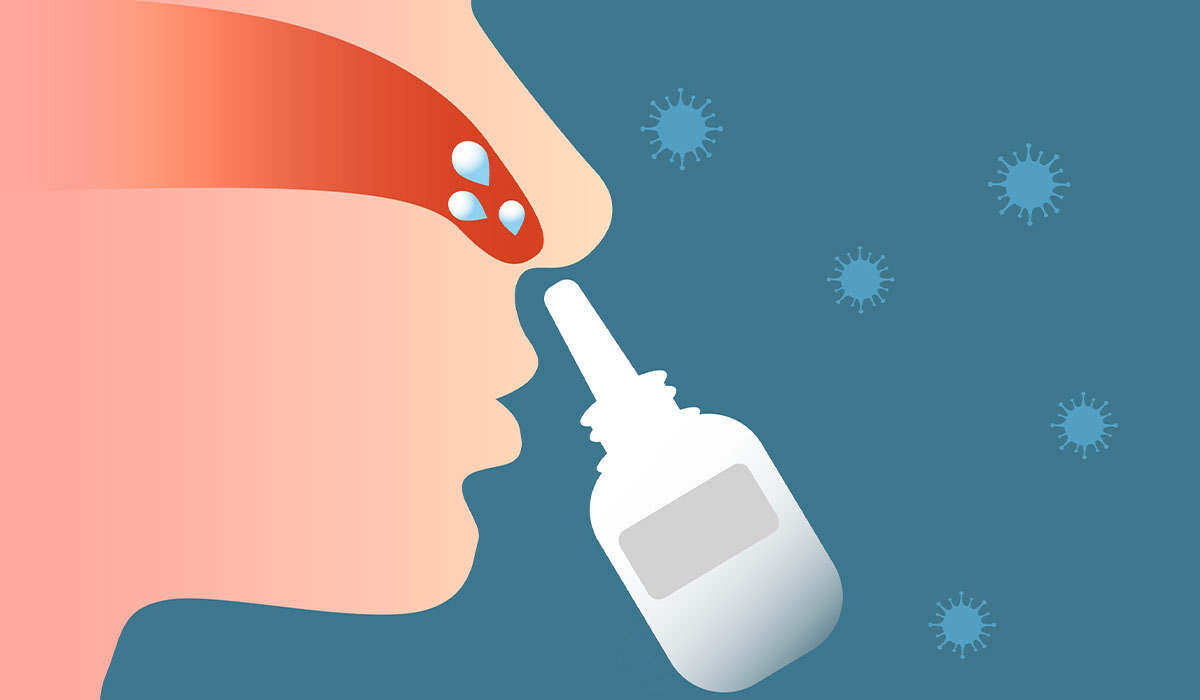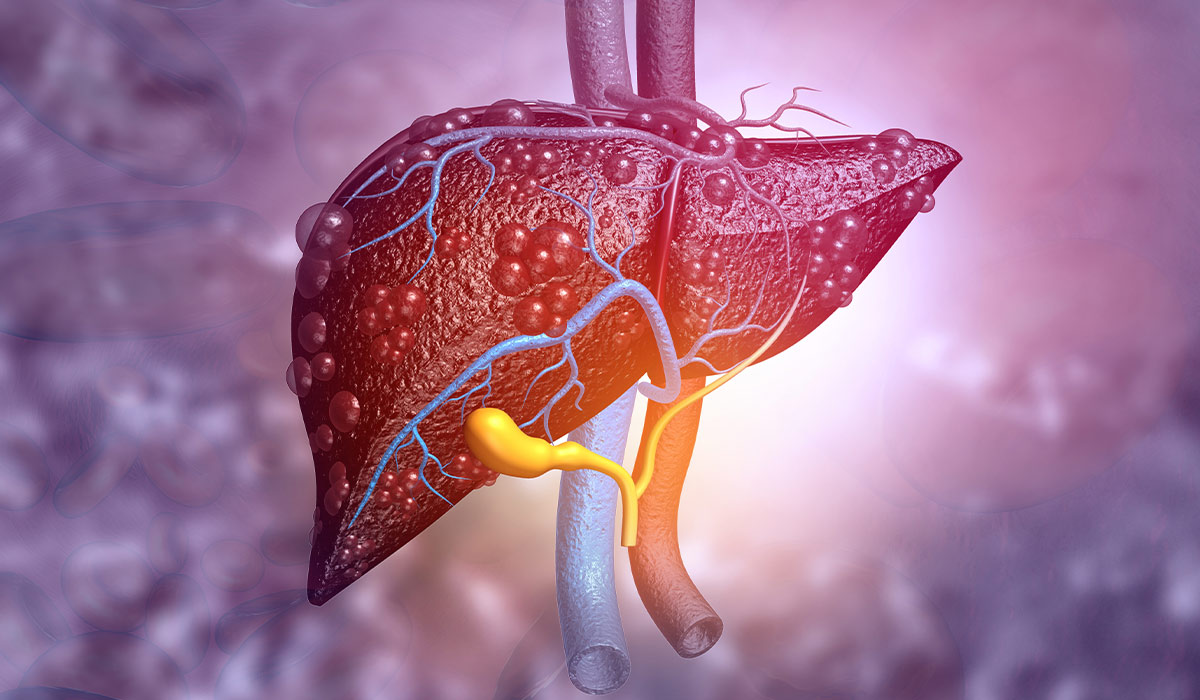The term neuropathy is broad in its meaning and can be better understood by examining its roots. It was created by combining two Greek words: neuro, meaning the nervous system, and pathos, translated directly as suffering and, in a broader sense, as a disease.
Neuropathies are a group of disorders that affect the peripheral nervous system. They cause a wide range of symptoms. Due to their diversity, neuropathies are a common form of neurological illness.
According to statistics, over 2% of the world’s population may suffer from neuropathy. It is important to note that the incidence of these diseases increases with age – neuropathy is a condition that affects a significant number of patients over 55 years old, with nearly 10% of them experiencing difficulties.
Neuropathy – Symptoms
Symptoms occurring in patients with neuropathy are of various natures – everything depends on what type of nerve fibers is involved in the pathological process. The symptoms of sensory neuropathy are various sensory disorders – some sensory stimuli patients do not feel at all, while others may feel much stronger than before. Patients may complain about the following:
- Numbness and tingling,
- Pain sensation disorders (patients may not feel the pain associated with the appearance of various wounds, like on the feet, but they may also experience hyperesthesia and even extreme pains, referred to as neuropathic pains),
- A stinging sensation,
- Burning sensation,
- Proprioceptive sensation disorders (they can result in clumsiness when moving and even falls).
Another type of neuropathy is motor neuropathy. In that case, the pathology concerns the nerve fibers that control the activity of various muscle cells, and the symptoms of this type of neuropathy include:
- Pain and muscle cramps,
- Uncontrolled movements of individual muscles,
- Muscle weakness,
- Abolition of tendon reflexes,
- Muscle atrophy.

Autonomic neuropathies are another type of discussed disease. They occur when the autonomic (vegetative) nervous system fibers get damaged. In this case, the symptoms of neuropathy are different from those presented above and may be:
- Urination disorders (involving both urinary incontinence and problems with starting micturition),
- Sweating disorders (in the form of either a significant reduction in sweating or excessive sweating),
- Dry mouth,
- Dry eyes,
- Visual disturbances (related to abnormal pupillary reactions),
- Sexual dysfunction (erectile dysfunction in men, vaginal dryness in women),
- Difficulty swallowing food,
- Bowel dysfunction (patients with autonomic neuropathy may have both diarrhea and constipation),
- Orthostatic hypotension (significant drops in blood pressure associated, for example, with a change in body position from lying to standing),
- Heart arrhythmia,
- So-called unawareness of hypoglycemia (in healthy people with low blood glucose, various symptoms appear, such as, for example, ravenous hunger, trembling hands, or increased sweating – in patients with autonomic neuropathy of this type, warning symptoms may not occur).
Neuropathy – Causes
Neuropathies can either be present at birth or acquired later in life. Congenital neuropathy is less common and includes various diseases resulting from genetic mutations that can cause dysfunction in the peripheral nerves. Charcot-Marie-Tooth disease and Friedreich ataxia are two examples of such conditions.
Acquired neuropathy has multiple causes, some of which include problems such as:
- Diabetes (considered the primary cause of polyneuropathy, the risk of nervous system disorders depends in this case, among others, on the duration of the disease, but also the degree of its control – those patients with diabetes are most at risk of neuropathy, whose glycemic levels are high);
- Deficiencies of various vitamins and nutrients, primarily vitamin B12, vitamin B1, folic acid, and vitamin E;
- Nerve damage associated with alcohol abuse or alcoholism (alcohol itself can damage the structures of the peripheral nervous system, but its misuse can also promote neuropathies because, in this case, patients often struggle with deficiencies of essential nutrients);
- Injuries leading to nerve damage (this can be both a fall and a traffic accident or nerve damage during some surgery);
- Nerve compression (neuropathy associated with such a phenomenon is, for example, carpal tunnel syndrome; nerve fibers can also be compressed by other types of masses, like by cancerous tumors developing in their vicinity);
- Nerve damage occurs as a side effect of drugs taken by the patient (in this case, neuropathy may occur in people after chemotherapy, but also in patients using various antiviral, anticonvulsant drugs or even after treatment with some antibiotics);
- Poisoning (like lead, mercury, or arsenic poisoning);
- Metabolic disorders (appearing in the course of either renal failure or liver failure);
- Various infections (neuropathy can occur both in the case of HIV infection or viruses from the Herpes group, but also in the course of syphilis, Lyme disease, and various parasitic infections);
- Some autoimmune diseases (like systemic lupus erythematosus or Guillain-Barre syndrome);
- Hematological diseases (for example, monoclonal gammopathy);
- Hormonal disorders (such as hyperthyroidism or acromegaly).
After thorough analysis, it is evident that there are numerous causes of neuropathy. Surprisingly, in a significant portion of patients (up to 20%), the cause of the disorder cannot be identified, leading to a diagnosis of idiopathic neuropathy.
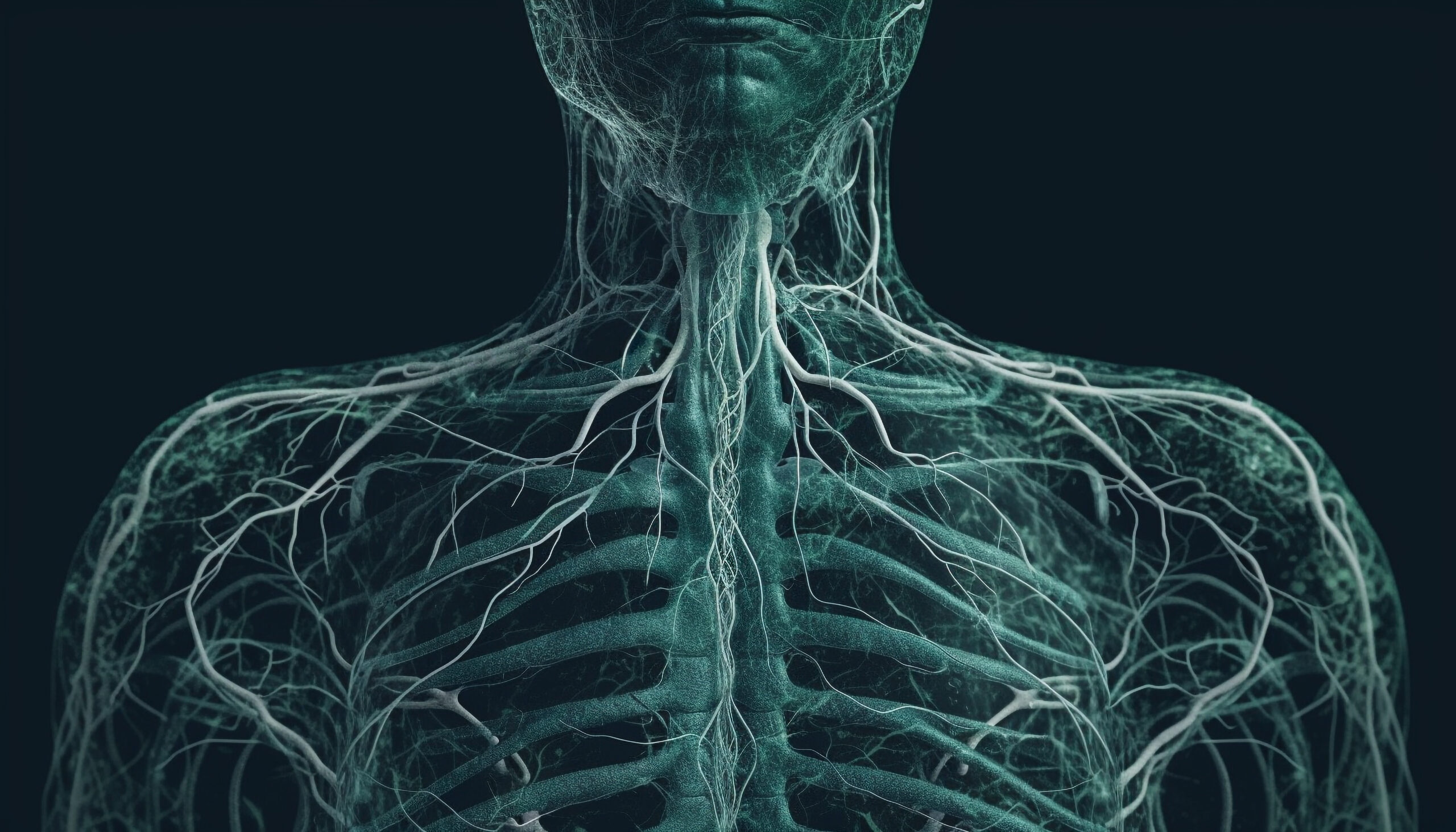
Neuropathy – Division and Types
Neuropathy can be divided due to:
- Duration of symptoms: with acute, subacute, chronic, and recurrent neuropathies;
- The etiology of the problem: in this case, the division takes into account, among others, congenital neuropathies, infectious neuropathies, drug-induced neuropathies, etc.;
- Many nerves are involved: when one nerve is affected, it is mononeuropathy, and when many different nerves are affected, polyneuropathy can be diagnosed.
Although all the divisions mentioned above are significant, the division that categorizes the specific types of nerves impacted by the disease process appears to hold greater importance.
In this approach, three main types of neuropathy are distinguished: sensory, motor, and autonomic (there is also the possibility of mixed disorders, like sensory-motor neuropathy). This distinction is significant because patients with different types of neuropathy mentioned earlier experience various ailments.
Many types of neuropathy differ in their causes and symptoms. Diabetic neuropathy is a frequent type that affects people with diabetes. It typically manifests as pain, tingling, and numbness in the limbs. Another type is alcoholic neuropathy, which occurs in people who abuse alcohol and manifests itself, among others, in balance and sensory disturbances in the legs. Other types of neuropathy include radial, femoral, autonomic, and toxic neuropathy. Each type of neuropathy has its characteristic symptoms and requires an individual approach to diagnosis and treatment.
In some cases, diagnosis and treatment of neuropathy require prompt medical intervention.
Peripheral Neuropathy
Peripheral neuropathy is a condition where peripheral nerves are damaged. Some peripheral neuropathy symptoms are pain, numbness, tingling, muscle weakness, and sensory disturbances.
Diabetic Neuropathy
One of the most frequent problems that come with diabetes is diabetic neuropathy. Nerve damage can occur due to high blood sugar levels, resulting in discomfort such as pain, numbness, tingling, and weakness in various parts of the body. It can also lead to autonomic disorders, such as digestive problems, urinary disorders, or even problems with the cardiovascular system.
Alcoholic Neuropathy
Alcoholic neuropathy is a condition where nerve damage is caused by prolonged alcohol abuse. Consistent alcohol consumption can result in metabolic disorders and vitamin deficiencies, which can negatively impact the nervous system’s performance.
Polyneuropathy
Polyneuropathy is a disease of the nervous system that is characterized by damage to many peripheral nerves. This disease can have various causes, such as diabetes, autoimmune diseases, exposure to toxins, or infectious diseases.
Neuropathy – Diagnosis
To determine the cause of neuropathy, it is necessary to conduct specific diagnostic tests based on the type and location of the disease. The physical examination and medical history are the essential tools doctors use to detect neuropathy and its most likely source accurately. By considering the characteristic ailments, co-occurring health conditions, and medical history, doctors can determine the presence of neuropathy.
Laboratory tests play a crucial role when diagnosing neuropathy, and several tests are typically ordered for patients. It is necessary to determine the disease’s cause in a neuropathy patient.
Many studies, such as complete blood count, electrolyte levels, hormonal tests, and urine tests, are significant here. Doctors may also request immunoglobulin tests or assess the concentration of different vitamins, such as B12, in a patient’s body. For example, if a patient has diabetic polyneuropathy, the doctor may order tests to check for glycemic disorders. These include fasting blood glucose, OGTT (oral glucose tolerance test), and blood glycated hemoglobin (Hb1Ac) measurement. Determination of the Hb1Ac level makes it possible to assess blood glucose concentrations in the recent past, making this test an effective tool to verify the effectiveness of the implemented antidiabetic treatment.
Patients may be required to undergo tests for potential infections, such as HIV, to detect any infections. A patient with neuropathy may need to undergo a lumbar puncture to collect cerebrospinal fluid for lab analysis.
When diagnosing peripheral neuropathies, doctors may conduct additional imaging and functional tests. Some helpful imaging studies include X-rays, ultrasounds, and MRIs. Ultrasound examination can provide a dynamic assessment of the nerve’s position and condition, allowing doctors to observe changes in its position and compression during active limb movement.
A functional test whose abnormal results may indicate impaired nerve conduction is electroneurography. Using a unique device, this test measures the speed of an electrical impulse as it travels through a nerve. It’s important to note that this test does not involve any invasive procedures, as the measurement is performed percutaneously. The doctor must have the appropriate experience and training to perform this test and interpret the results effectively.
Another functional test used in these diseases is EMG (electromyography), which measures the intensity of stimulation of a specific muscle by a given nerve.
The range of tests performed in patients with neuropathy is vast – the choice of specific tests depends on what cause of neuropathy the doctor suspects. In addition to the studies already mentioned, other analyses are also significant. To make a final diagnosis of neuropathy, specific nerve fibers are tested through electrophysiological tests. Although nerve biopsies are rarely performed, they may be ordered in cases like sarcoidosis suspicion.
Neuropathy – Treatment
The primary approach to treating neuropathy is by managing the underlying disease that caused it. Successful treatment of peripheral neuropathy most often includes:
- Physiotherapy– various exercises recommended by a physiotherapist help significantly fight the symptoms of nerve damage,
- Massages – can significantly reduce the discomfort caused by contractures and excessive muscle tension,
- Medications, such as antibiotics given for Lyme disease,
- Surgical methods.
Neuropathy symptoms that result from peripheral nerve damage during surgery usually go away on their own as they heal. Pains caused by nerve damage caused by toxic substances and infections also disappear spontaneously when the agent stops working at the beginning of the healing process.
If neuropathy is caused by conditions like lupus, scleroderma, or rheumatoid arthritis, anti-inflammatory and immunosuppressive agents can help improve overall health by reducing immunity.
For patients with neuropathy caused by alcohol abuse, it is advised to completely abstain from alcohol and supplement any vitamin deficiencies as needed.
In diabetic neuropathy, symptoms resolve when blood glucose levels return to normal. However, if the disease of the nerves results from an abnormal blood supply to the lower limbs, the disappearance of the symptoms occurs after the restoration of proper blood circulation in these limbs. Proper care of the limbs and skin damage prevention is crucial in treating diabetic neuropathy.
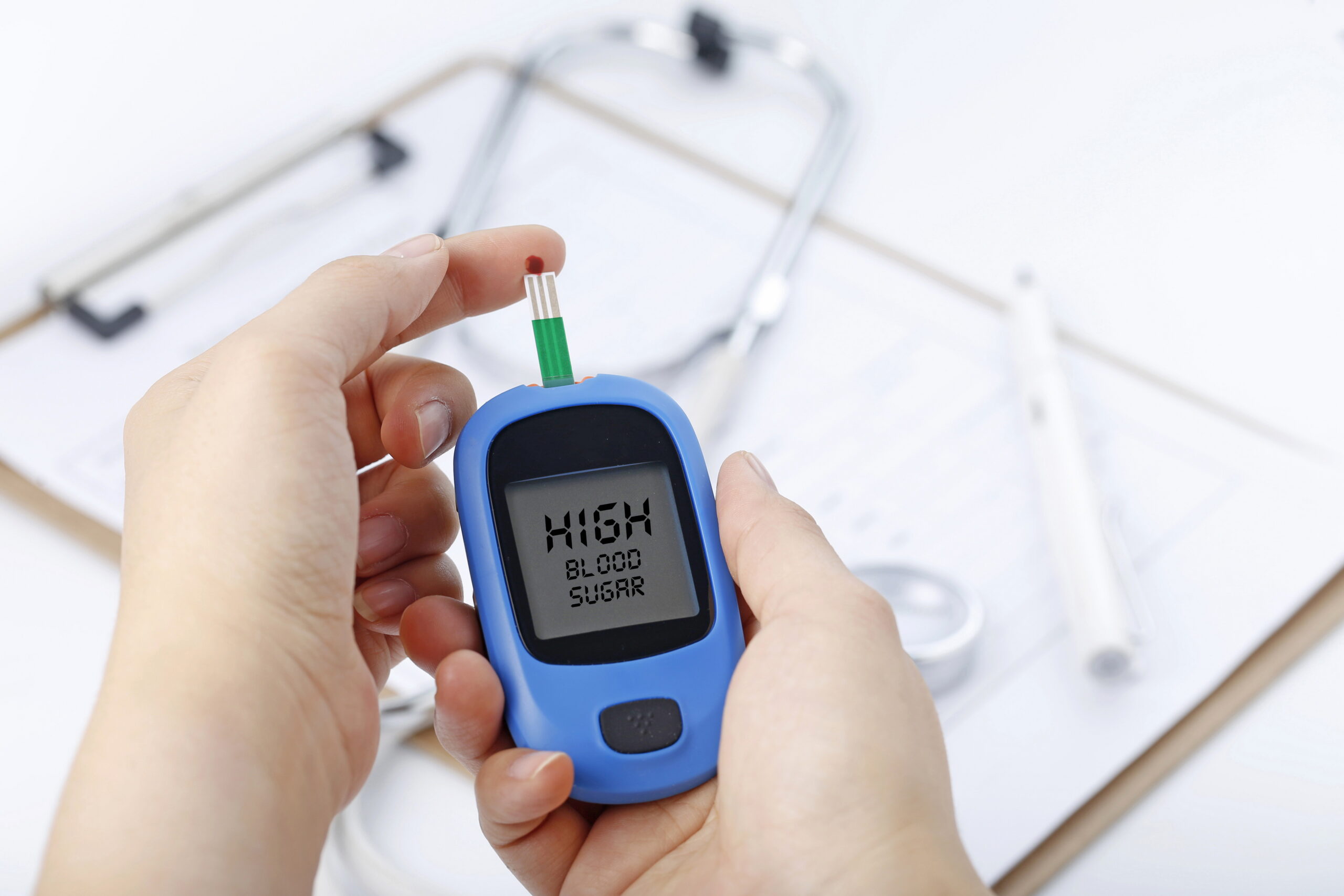
Unconventional medicine is also important in the treatment process, as it helps alleviate some unpleasant ailments associated with neuropathy. Most often used:
- Acupuncture – the method gives positive results in pain in the limbs; it is especially effective in the case of neuropathy after shingles;
- Herbal medicine – herbs, extracts, and oils prepared from medicinal plants may help relieve pain; mainly pepper fruit preparations, mustard seed compresses, and essential oils are used; compresses made of fresh horseradish can also be helpful, as they warm up the aching places and bring great relief at the same time;
- Alexander’s technique – helps to correct posture because when it is incorrect, it can contribute to pressure and nerve damage.
Sometimes, neuropathy can be caused by pressure, like in carpal tunnel syndrome. In such cases, surgery may help relieve the symptoms.
Electrostimulation of nerve fibers can enhance their function, but this method of treating neuropathy is not commonly utilized.
Sources
- Peripheral Neuropathy. Mayo Clinic. https://www.mayoclinic.org/diseases-conditions/peripheral-neuropathy/symptoms-causes/syc-20352061.
- What is peripheral neuropathy. Foundation for Peripheral Neuropathy. https://www.foundationforpn.org/understanding-peripheral-neuropathy/.
- Diabetic Peripheral Neuropathy. Foundation for Peripheral Neuropathy. https://www.foundationforpn.org/causes/diabetic-peripheral-neuropathy/.
- Alcohol. Foundation for Peripheral Neuropathy. https://www.foundationforpn.org/causes/alcohol/.
- Polyneuropathy. MDS MANUAL. https://www.msdmanuals.com/home/brain,-spinal-cord,-and-nerve-disorders/peripheral-nerve-and-related-disorders/polyneuropathy.
- Neuropathy. C. Hammi, Y. Yeung. Neuropathy. https://www.ncbi.nlm.nih.gov/books/NBK542220/.
- Exercise and Physical Therapy for Neuropathy. Foundation for Peripheral Neuropathy. https://www.foundationforpn.org/living-well/lifestyle/exercise-and-physical-therapy/.
- Neurological examinations. Foundation for Peripheral Neuropathy. https://www.foundationforpn.org/what-is-peripheral-neuropathy/evaluation-and-tests/.
- Sensory Neuropathy. diabetes.co.uk. https://www.diabetes.co.uk/diabetes-complications/sensory-neuropathy.html.
- Multifocal Motor Neuropathy. WebMD. https://www.webmd.com/brain/multifocal-motor-neuropathy.
- Autonomic neuropathy. Mayo Clinic. https://www.mayoclinic.org/diseases-conditions/autonomic-neuropathy/symptoms-causes/syc-20369829.
